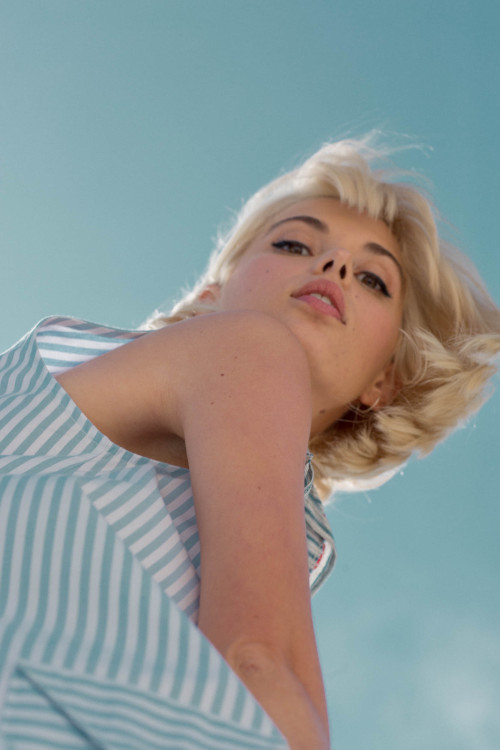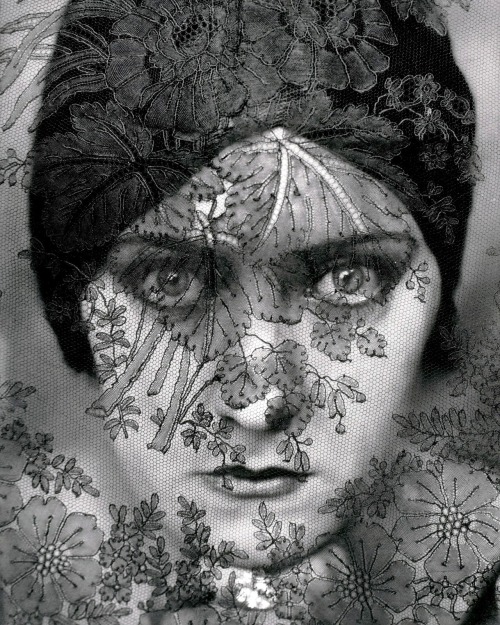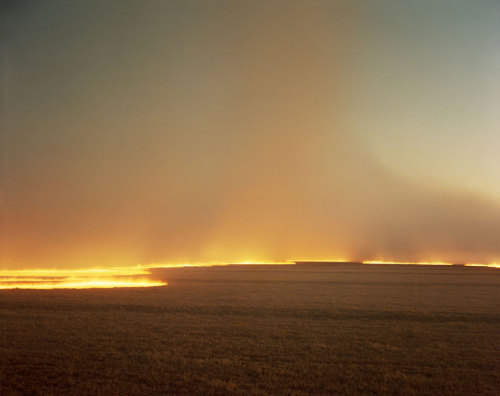#american photography
Person Making a Picture on the Beach, 1966
Minor White (American; 1908–1976)
Gelatin silver print
Princeton University Art Museum, Princeton, New Jersey
© Trustees of Princeton University
Post link
Sergei Rachmaninoff, December 10, 1918
Portrait photograph by Arnold Genthe (American, born Germany; 1869–1942)
Glass negative
Library of Congress, Washington, D.C.
Post link
Eartha Kitt, 1978
Photographer: Kenn Duncan (American; 1928–1986)
Gelatin silver print
ForAfter Dark, May 1978 (variant published p. 88)
Kitt as Shaleem-La-Lume, Wife of Wives to the Wazir, in the 1978 Broadway musical Timbuktu! | Costume by Geoffrey Holder
Post link
Angela Lansbury, 1969
Photographer: Kenn Duncan (American; 1928–1986)
Gelatin silver print
PublishedAfter Dark, May 1969
Dress by Robert Mackintosh
Post link
Sennett Girls in Serpentine Confetti, 1918
Photographer: Nelson Frazer Evans (American; 1889¬–1922)
Gelatin silver print
Library of Congress, Prints and Photographs Division, Washington, D.C.
Post link
People Diving into Water and Surf, 1973
Minor White (American; 1908–1976)
Gelatin silver print
Princeton University Art Museum, Princeton, New Jersey
© Trustees of Princeton University
Post link

Suspicion. American Legion, Nashville

Slow day, balloon salesman, Nashville

Pearl Diner. Another NYC landmark lost to gentrification.

Nightclub, Nashville

Chinese restaurant, Nashville
Michael Eastman (American, born 1947), Deco Stairwell, Havana, Cuba, 2010 | © Michael Eastman
Post link
Arthur Elgort (American, born 1940), Seconds to lift off [series], Vogue Russia, December 1999. Model: Natalia Semanova
Post link
Jimmy Marble (American, born 1985), Close Up 3-5, from the series Close Up, 2017 | © Jimmy Marble
Post link
Bruce Weber (American, born 1946), Natalia Vodianova, Bohème D’Été, Vogue Paris, 2005 | © Bruce Weber
Post link
Candid headshot of woman by Harry Callahan on the busy streets of Chicago in the fifties. He used 35 mm film—the fastest film speed available at the time—with his telephoto lens set at four feet and his wife Eleanor became one of his most famous subjects.
Post link
Not an Ordinary Fashion Photographer!
Charlie Engman’s creative mind produces images featuring contorted positions. The effect is captivating, with an air of mystery and sentimentality. In his pictures, the human body is an sculpture, and a performance at the same time. Ordinary scenes are captured differently in Domestic Diorama’ series, where the body lies strangely in domestic spaces.
When it comes to fashion, his collages and superpositions of colors, objects, background paper rolls and black and white photographs next to color ones build a stunning composition.
Have a look at his Tumblr, an impressive drawer of sketches and inspirations.
Post link
Gloria Swanson portrait by Edward Steichen, 1924
An iconic masterpiece status overtime, the actress’s brilliant silent-film career—this portrait caught the essential Gloria Swanson: haunting and inscrutable, forever veiled in the whisper of a distant era. Moody and delicate, with a mysterious face seeming to peer from the darkness, this shot features elements of both pictorialism and modernism with its graphic severity. Although it is not an Autochrome, I would like to talk about this color technique found while looking at Steichen creations at the MetropolitanMuseum of Art in New York.
Steichen’s return to Paris in 1907 positioned him perfectly to embrace the Autochrome. The first commercially viable color process was made available to the oublic that year by the Lumière brothers. The photographer was enthralled by the posibilities of the process. In Camera Work he praised the luminosity of the medium: “One must g oto stained glass for such color resonante, as the palette and canvas are dull and lifeless medium in comparison”. He also introduced the new medium to Stieglitz. Furthermore, he helped him in the establishment of the 291 Art Gallery which also featured the works of pioneering photographers of the early 20th century
Each autochrome is one-of-a-kind color transparency composed of minute rains of potato Storch dyed red, blue, and green. These fragile photographs cannot withstand the exposure of long-term display without suffering irreversible damage.
Post link


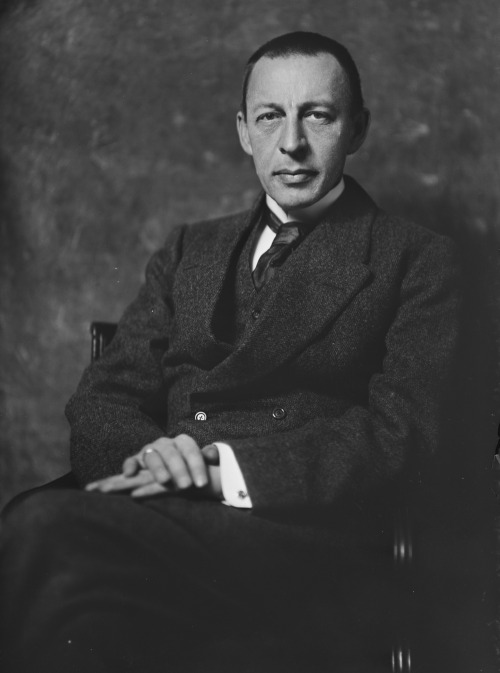




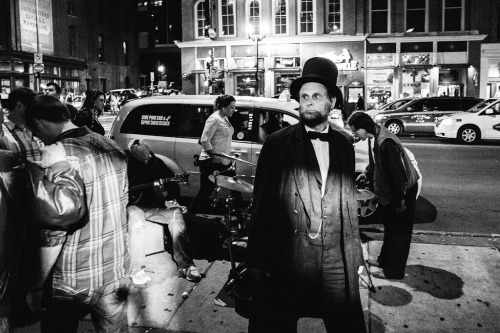
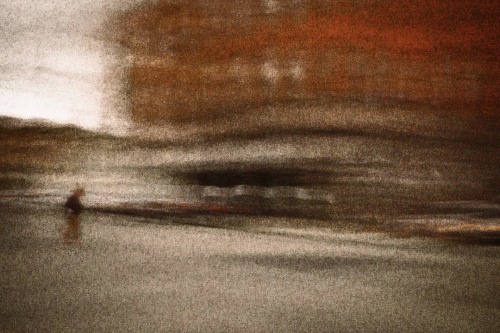
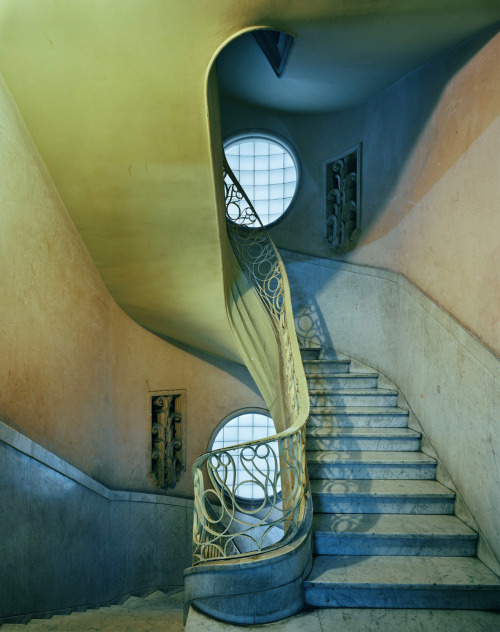
![Arthur Elgort (American, born 1940), Seconds to lift off [series], Vogue Russia, December 1999. Mode Arthur Elgort (American, born 1940), Seconds to lift off [series], Vogue Russia, December 1999. Mode](https://64.media.tumblr.com/69c2e71fcf6e44c83356bbd48073b1ac/bd0a71e8c99ea98f-e8/s500x750/be12ff05fad7a67395132a56365feb939c8fae0c.jpg)

